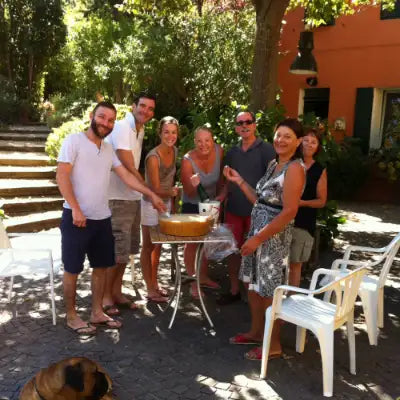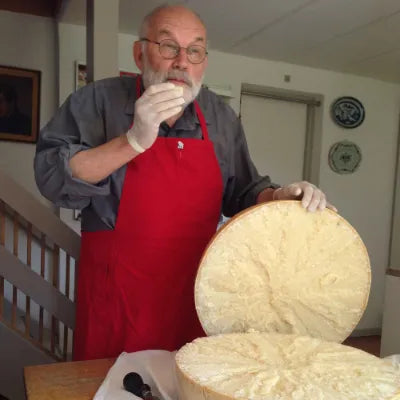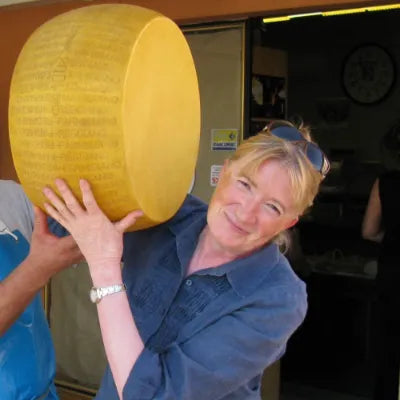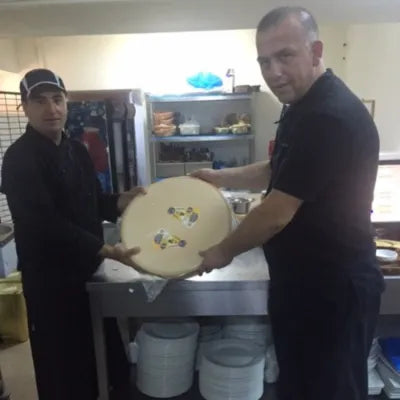The term Pecorino is generic and as such can be used to refer to any cheese made from sheep's milk. In Italy, there is a wide variety of pecorino cheeses, all characteristic of particular areas or specific breeds of sheep. Pecorino, in Tuscany and further south, is commonly called cacio.
Recognized as a Protected Designation of Origin product in 1992, Pecorino Toscano is a cheese with a distinctive aroma and flavor, characterized by its strong, slightly spicy taste and its crumbly texture Pecorino Toscano it has ancient origins. The first historical references date back to Roman times, in particular in Pliny the Elder's Naturalis Historia, which mentions the product and its production in the area of Luni, now Lunigiana.
In the 1400s, Pecorino was called cacio marzolino because it was produced from March throughout the spring.
Some accounts show that it was described as one of the most appreciated cheeses at the banquets of Lorenzo il Magnifico.
Today, the regulations establish all stages of production, from the milking of the sheep, which must be exclusively from sheep from the areas of origin (Tuscany and some neighboring municipalities in Lazio and Liguria), to the aging process.
Did you know that breaking the curd is essential for obtaining soft, semi-hard or hard cheeses? For the production of fresh cheese, the curd must be broken into pieces the size of a hazelnut, while for aged cheese, the size should be that of a grain of corn.
The Aged Pecorino Toscano it is a mature cheese, aged for a minimum of 120 days, up to a year. Only calf rennet is used and salting lasts only one day. Pecorino Toscano stagionato has a cylindrical shape and a thin yellow rind that encloses an irresistible light straw-yellow paste with a fragrant, intense and slightly spicy taste.






















